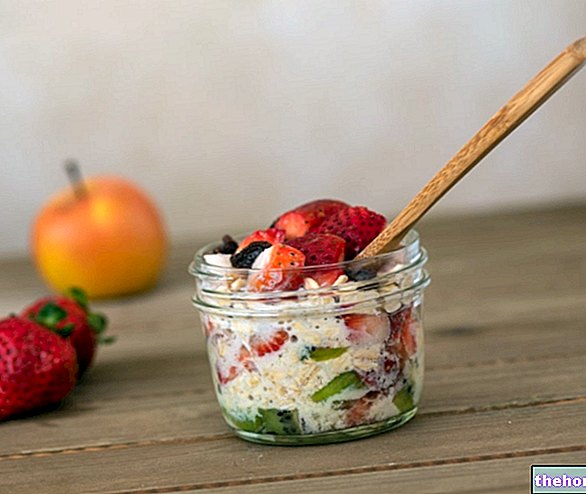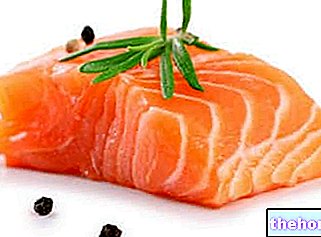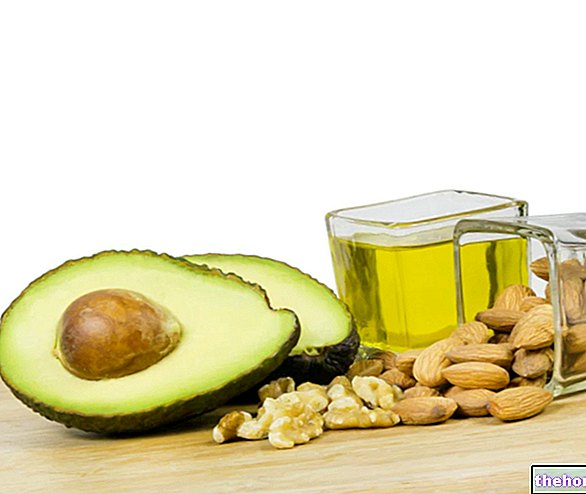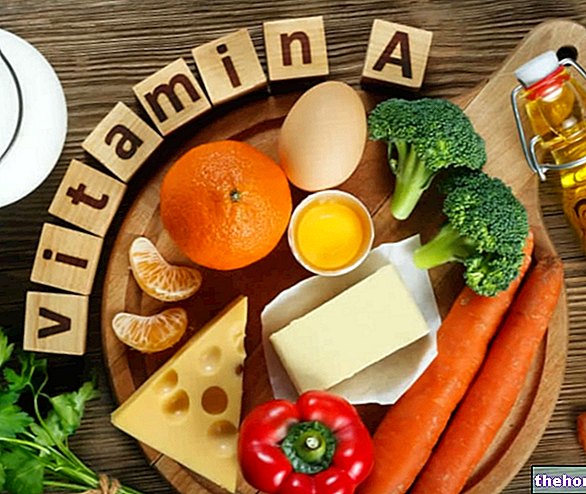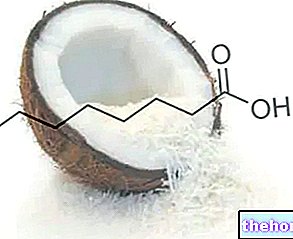
Soluble fiber includes particular carbohydrates (N.B: carbohydrates are organic compounds), such as pectins, gums, mucilage and galactomannans.
Like all dietary fiber, soluble fiber is found mostly in foods of plant origin; in particular, peas, beans, psyllium seeds, apples, carrots, potatoes, oats, rye, barley and broccoli are rich in them.
Soluble fiber is characterized by some important benefits, which make it an integral part of any balanced and health-oriented diet.
The soluble fiber is opposed, in a certain sense, to the insoluble fiber, which does not dissolve in aqueous solution.
Dietary fibers and resulting benefits: a brief review
FOOD FIBER: WHAT IS IT?
In nutrition, all those organic substances belonging to the category of carbohydrates (with rare exceptions), which the human digestive system, with its digestive enzymes, are unable to digest and absorb, are called dietary fiber, or simply fiber. .
Dietary fiber, therefore, is the set of all those substances indigestible to the digestive enzymes of the digestive system of the human being.
Dietary fibers are found above all in foods that have a vegetable origin, such as: fruit, vegetables, whole grains and legumes.
Depending on whether or not it is soluble in aqueous solution, dietary fiber is distinguished, respectively, in: soluble dietary fiber (or soluble fiber) and insoluble dietary fiber (or insoluble fiber).
BENEFITS OF FOOD FIBERS

Today, with increasing insistence, experts in the wellness sector, such as dieticians, nutritionists, doctors and personal trainers, are keen to emphasize the leading role that dietary fiber plays within a diet dedicated to health.
Dietary fiber, in fact, is characterized by various benefits, including:
- Prevention of constipation, hemorrhoids and diverticulitis;
- Better control of body weight;
- Protective effect against some types of cancer, including colon cancer and rectal cancer;
- Reduction of the risk of diabetes mellitus (or type 2 diabetes) due to reduced glucose absorption;
- Reduction of the risk of dyslipidemia and coronary heart disease due to reduced absorption of fatty acids and cholesterol;
- Increased gastric satiety.
According to nutrition experts, in order to take advantage of the beneficial effects of dietary fiber, the "daily intake" of the latter through the diet should be equal to 30g / day.
Did you know that ...
In a balanced diet, insoluble dietary fiber should make up 70-75% of total fiber, while soluble dietary fiber the remaining 25-30%.
However, for nutritionists, reaching the recommended daily amount is more important than the type of dietary fiber consumed.
Furthermore, soluble fiber favors the maintenance in the intestine of a pH that depresses the growth of harmful bacterial flora, whose activity is a source of metabolites known to be associated with the development of colon and rectal tumors, and, at the same time, enhances the proliferation beneficial bacterial flora (prebiotic effect).
Benefits of soluble fiber in brief
- Soluble fiber interferes with the absorption of lipids, cholesterol and triglycerides in particular, which preserves the health of the heart and arteries;
- Soluble fiber interferes with the absorption of carbohydrates, thus keeping blood sugar low and reducing the risk of diabetes;
- The chelating action of the soluble fiber against lipids and carbohydrates helps in the loss of excess weight;
- The soluble fiber favors the maintenance in the intestine of a pH unsuitable for the growth of that harmful intestinal flora which is notoriously associated with the onset of colon and rectal cancer;
- Soluble fiber has a prebiotic effect against the bacteria of the beneficial intestinal flora.

Which Foods Are Highest in Soluble Fiber?
Some of the foods richest in soluble fiber include:
- Legumes such as peas, beans, soy and lupins;
- Oats, rye and barley;
- Fruits such as figs, plums, ripe bananas, berries, peeled apples, pears, quinces and avocados;
- Psyllium seeds;
- Vegetables such as broccoli, carrots and Jerusalem artichokes;
- Tubers such as potatoes and sweet potatoes, and root vegetables such as onions.
Organic Compounds:
pectins, gums, mucilage and galactomannans.
Organic Compounds:
cellulose, hemicellulose and lignin.
Main foods (*):
legumes, fresh fruit (e.g. peeled apples, plums, pears and berries), oats, oat bran, carrots, potatoes, onions and psyllium seeds.
Main foods (*):
whole grains, green leafy vegetables, cauliflower, zucchini, celery, dried fruit and flax seeds.
Functions:
They slow down intestinal transit, which leads to a greater sense of satiety.
They reduce the absorption of cholesterol, helping to decrease the blood cholesterol level.
They reduce the absorption of carbohydrates, keeping blood sugar low, which helps in the treatment and prevention of diabetes mellitus.
They maintain a pH in the intestine that is not very suitable for harmful intestinal flora, the metabolites of which are associated with the development of colon cancer and rectal cancer (**).
They have a prebiotic effect on the beneficial intestinal flora.
Functions:
They increase the fecal mass.
They accelerate intestinal transit, opposing constipation and related disorders.
By accelerating intestinal transit, they reduce the contact time between the intestinal mucosa and the harmful substances associated with colon and rectal cancer.
(*): in reality, both types of fiber are present in all plant foods, albeit in different proportions. Many experts agree in recognizing legumes as the best source of fiber, both from a quantitative and qualitative point of view.
(**): Intestinal fermentation is common to both types of fiber (with the exception of lignin, which is not a real fiber, but has similar functions), but it is clearly superior for some (ex: pectins, gums, mucilage, inulin, oligosaccharides, hemicellulose) than others.
Watch the video
- Watch the video on youtube
The growing consumption of soluble fiber supplements is the result of the growing awareness of the important health role played by dietary fiber.
Among the supplements richest in soluble fiber, there are supplements based on: psyllium, pectin, guar gum, arabic gum, polycarbophil, Senegal acacia gum) and inulin.

